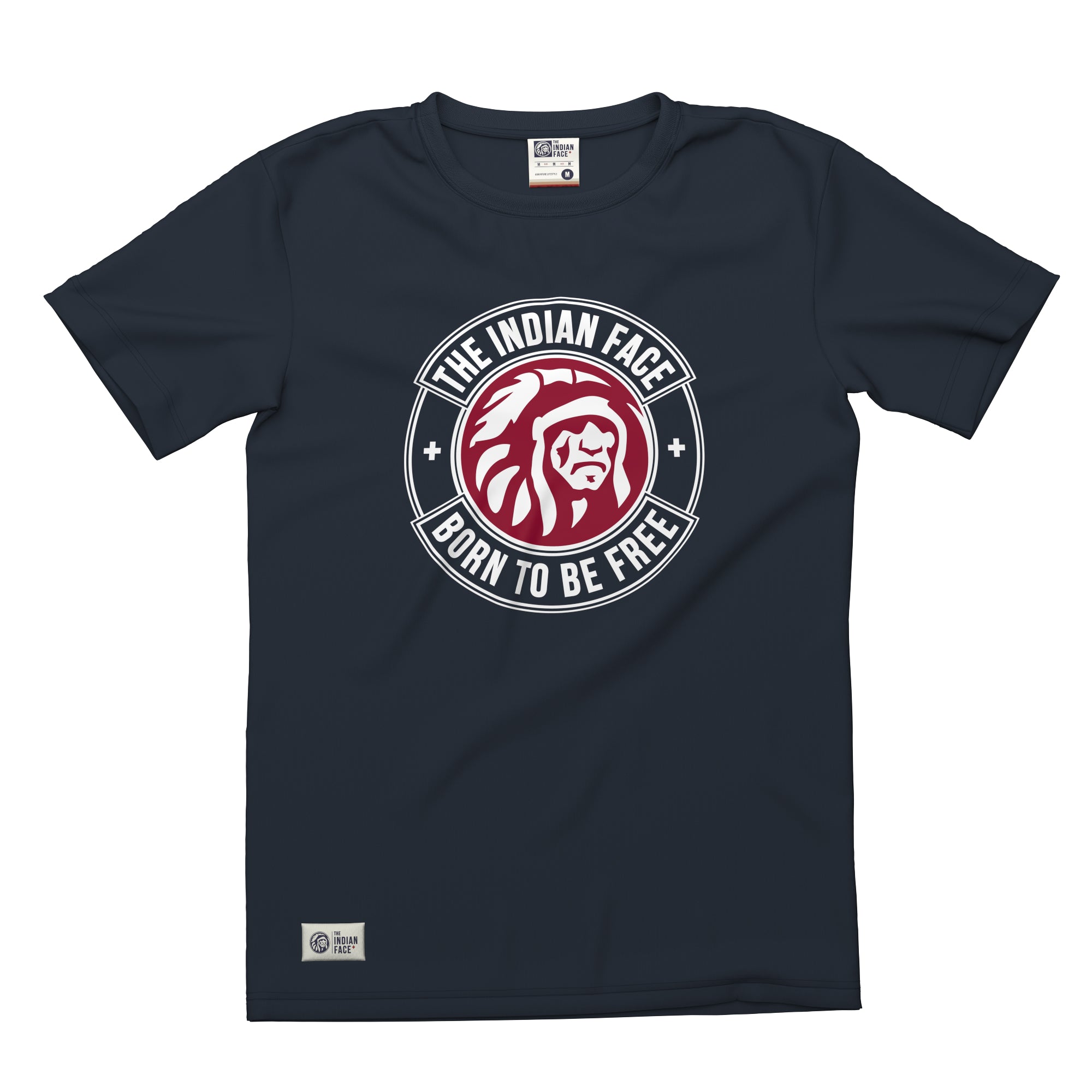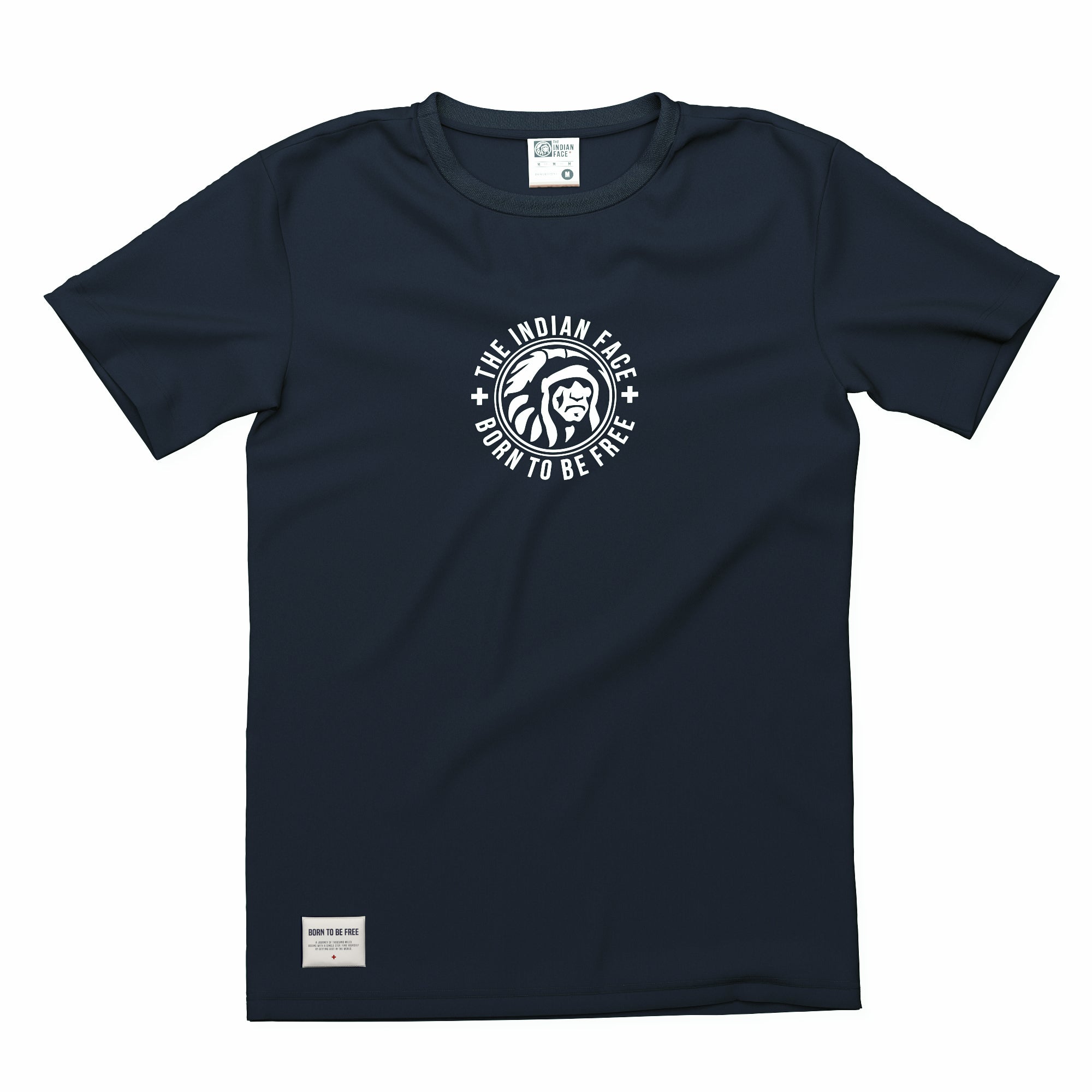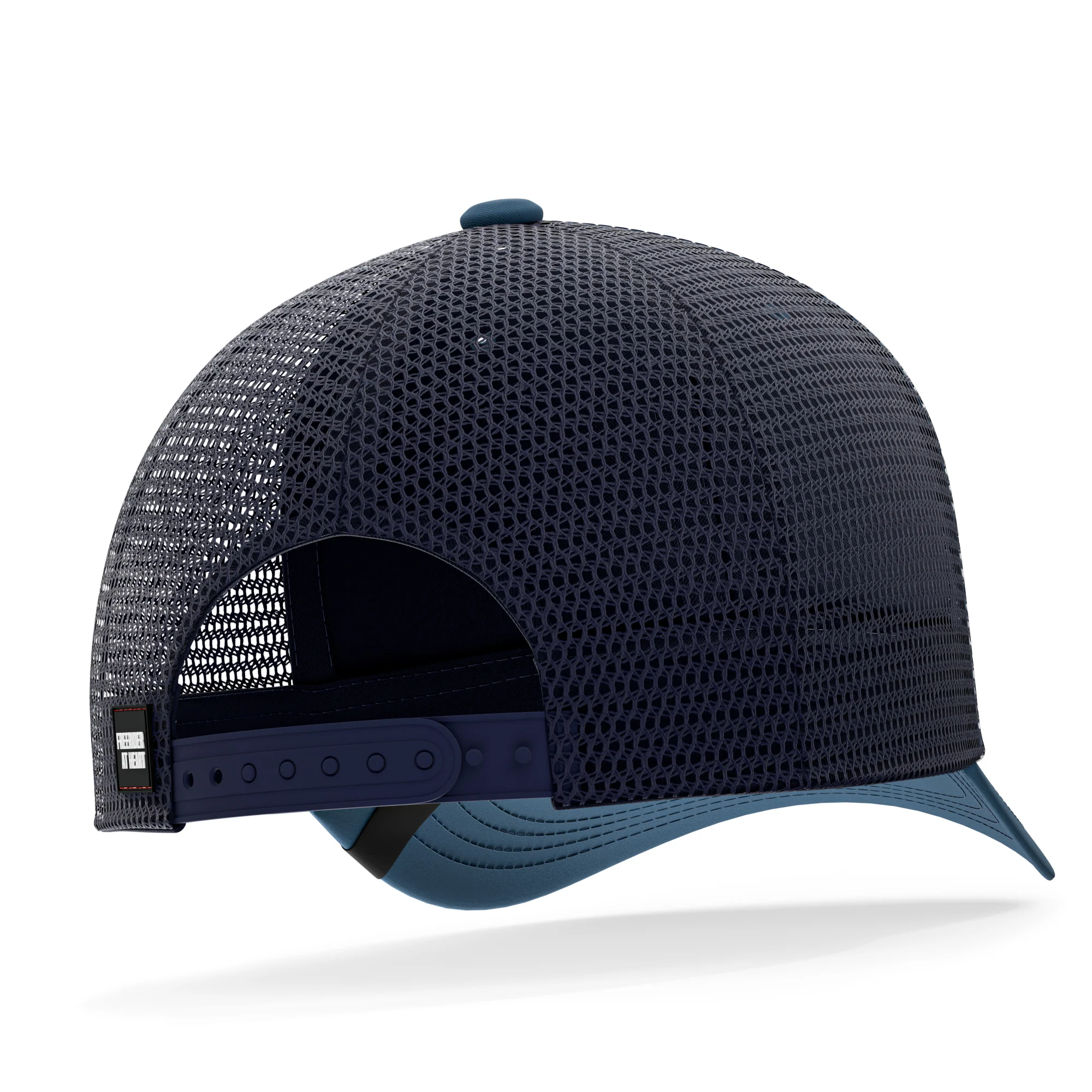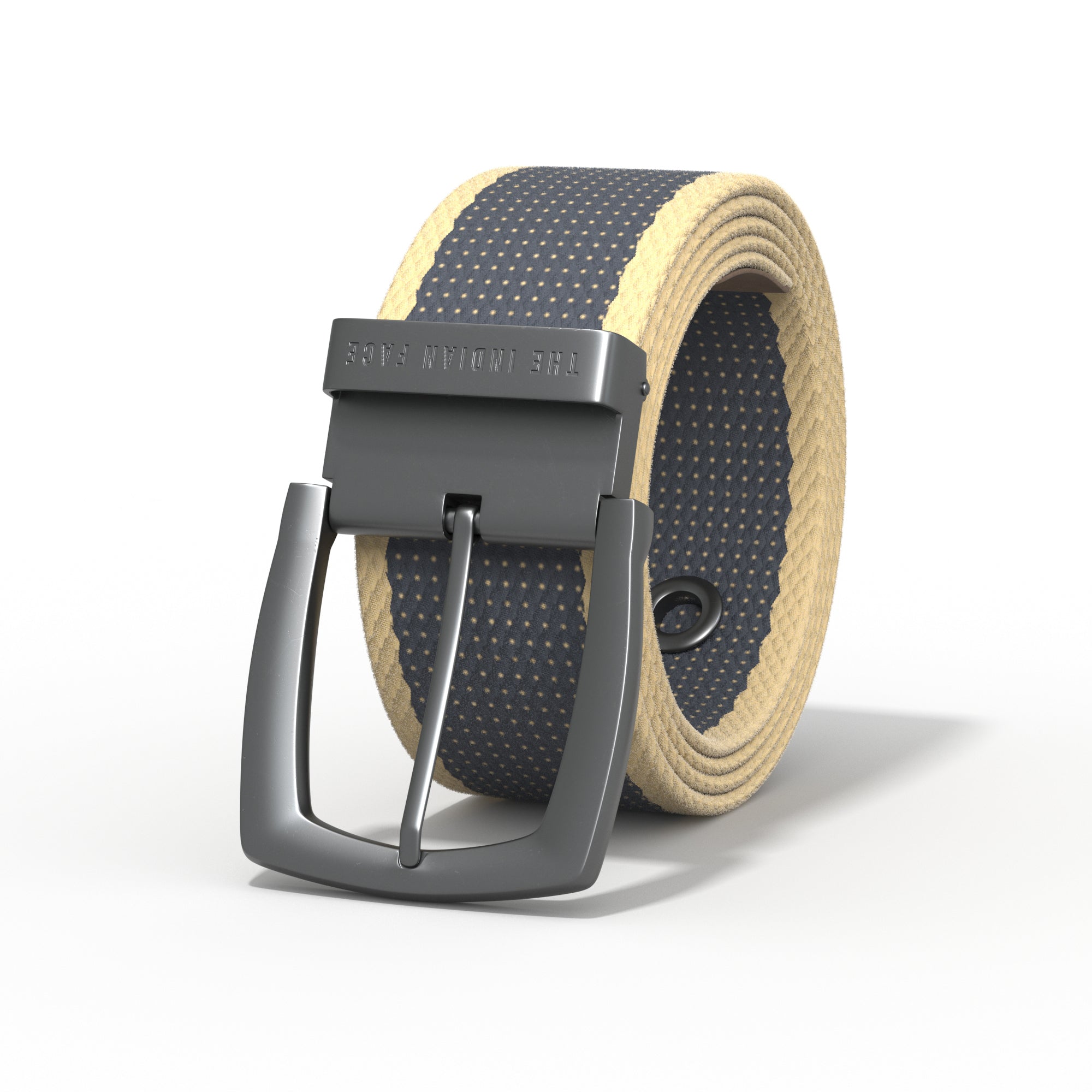The Great Barrier Reef It is the largest submerged habitat on the planet. It is so large that astronauts claim that it can be easily seen from space. It is truly one of the greatest treasures that nature has given us over time. Hundreds of animal species live in this vast natural space, so we invite you to discover the fauna of the Great Barrier Reef.
First of all, what is it? The Great Barrier ReefThe Great Barrier Reef is located in Oceania, to the north-east of Australia. It is difficult to estimate its exact surface area, but it is more than 2,600 kilometres long: it is not actually a single reef, but rather a union of more than 2,000 individual corals and almost 1,000 islands. It is sometimes said that this ecosystem is the largest living organism on the planet: thanks to its large size, its mild and pleasant climate, and its geographical location, one of the highest concentrations of diversity known can be found here.
In the Great Barrier Reef There is not only life under the sea: many species of birds survive thanks to underwater activity. We must also take into account animals that live both on land and in the sea, such as crocodiles and turtles.

THE IMPORTANT PROTECTION OF ITS NATURAL PARKS
The Great Barrier Reef It was declared a protected natural park in 1875 and a World Heritage Site in 1981. This means that it is legally protected against alteration or destruction for a large part of its area. It is a particularly attractive area of the planet for diving enthusiasts and tourists. Thanks to this protected status, all human activities are regulated: for example, boats are not allowed to dock on the corals and the passage of tourists is limited.
Fishing is also prohibited, so all the animal species that thrive in this ecosystem can live and reproduce without feeling threatened. This is vitally important, since some of the living beings of the Great Barrier Reef are in danger of extinction. But its fauna is also very important! In this unique place, life thrives: both animal and plant.
Some of the animals that live on this reef are migratory, but many others spend their entire lives there, and are even endemic, meaning they do not live anywhere else on the planet. Some of the species that can be found here are:
- Cetaceans and other large mammals: Humpback whales, one of the largest cetaceans in existence, are part of the fauna of the Great Barrier Reef, as they come here to reproduce. Dolphins, the dwarf minke whale, the Hong Kong pink dolphin and dugongs also appear here. Likewise, we can also find something that is not cetacean, but large marine animals: almost thirty sharks and rays appear in these waters. The white shark, the tiger shark and even the hammerhead shark are inhabitants of this ecosystem.
- Turtles and marine crocodiles: Six species of sea turtles have been counted, including the critically endangered hawksbill and leatherback turtles. Saltwater crocodiles also live in the mangroves near the reef and benefit from it. Some 15 species of sea snakes also live among the fauna of the Great Barrier Reef. They can be found as deep as 50 metres. They are descendants of the terrestrial species and can reach up to two and a half metres in length.
- Fish and small marine fauna: There are more than 1,500 species of fish living in the Great Barrier Reef. Some are as striking as the frogfish and the Napoleon wrasse, or as well-known as the clownfish and the blue tang. They come in all sizes and colours - many are very striking and have unique colourings, such as the mandarin fish. Nine different species of seahorse have also been counted. There are 400 species of molluscs, 1,400 varieties of coral and the plankton is so abundant that humpback whales come to feed in the waters. Among the most surprising molluscs in the Great Barrier Reef are the giant clams.

- Polyps: Also, one of the essential living elements of a coral reef are the polyps. They are carnivorous, but very small – you have to look very closely to notice that each one has a mouth and very small tentacles. The fact that they are usually found in clear water is important – if the water suffers from too much pollution it can prevent the polyps from being able to survive, and without them, coral reefs would not be able to thrive.
- Seabirds: More than 20 species of seabirds live throughout the reef, as well as almost 50 species of coastal birds, which feed in the sea but nest on the islands surrounding it. In addition, around thirty species of migratory birds pass through this place on their journeys. The Great Barrier Reef is considered the largest living being on the planet, thanks to the great biodiversity found under and above its waters. It has been protected by law for almost half a century, and yet its health continues to be threatened. Caring for the ocean is everyone's responsibility, and especially that of the ecotourists who come to such special places.

Experts also believe that the latitude of coral reefs, as well as the direction of water movement, affects the life of these biomes. The characteristics for all this fauna to survive are also important. Warm water temperatures are required for coral reef biomes to exist, which is why they are found in shallow waters.
In the deeper parts of the water, the sun cannot shine because of the depth of the water, with shallow water the sun reaches all the way to the bottom of the water and heats the area upwards. The structure of a coral reef is intriguing, you can find colonies of small animals living in these areas, however, when they die they leave behind a hard structure made of limestone, which leaves us with an interesting history of the environment these animals have been living in.
From
Did you previously know the marine fauna found in the Great Barrier Reef? Tell us which is your favorite marine animal! We love nature, we love adventure.


















































